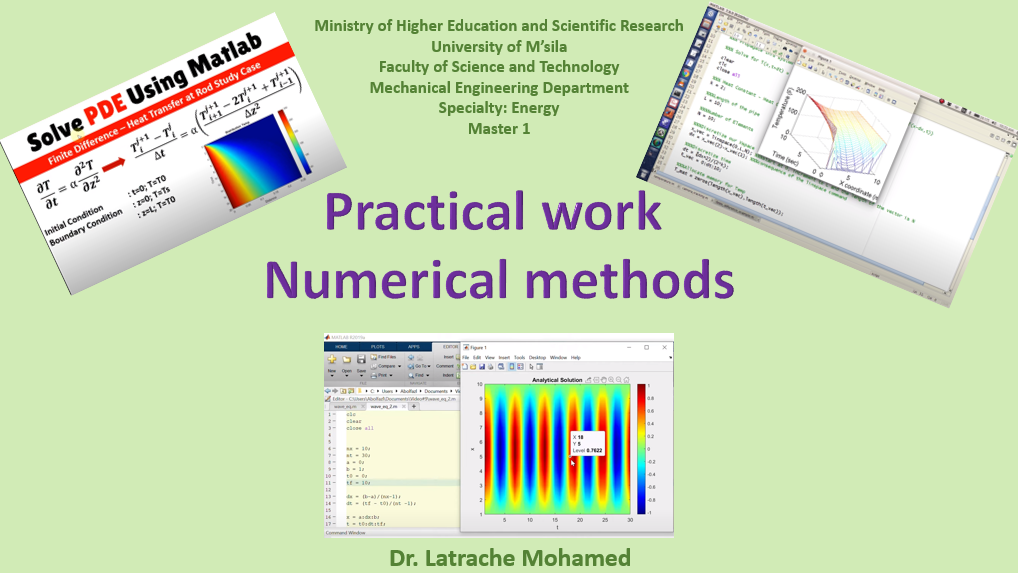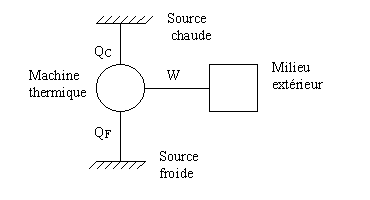
MATLAB is a powerful programming language and environment that is widely
used in various fields, including numerical methods and scientific
computing. Numerical methods involve solving mathematical problems using
numerical approximation techniques. MATLAB provides a convenient
platform for implementing and testing these methods due to its extensive
built-in functions and tools for numerical computing.
- معلم: Mohamed Latrache

This exploration is not merely a survey of numerical techniques but a deep dive into the intricacies of their implementation, analysis, and optimization. From solving ordinary differential equations to tackling nonlinear systems, from finite difference methods to spectral algorithms, this study aims to equip you with a profound understanding of the numerical tools that underpin modern computational science.
Our journey will involve more than just the application of numerical methods; it will entail a rigorous examination of their theoretical foundations, numerical stability, and the nuanced trade-offs inherent in their deployment. By unraveling the mathematical tapestry woven by these methods, we aim to empower you with the knowledge and skills to navigate the challenges posed by real-world problems across diverse disciplines.
In-depth numerical methods demand not only mathematical acumen but also computational proficiency. Throughout this exploration, we will engage in hands-on exercises, coding challenges, and practical applications, fostering a holistic understanding that transcends theory and seamlessly integrates with practical problem-solving.
As we embark on this intellectual odyssey, prepare to unlock the power of numerical methods, transcending the boundaries of traditional analytical approaches and harnessing the computational prowess needed to confront the complexities of our data-rich and technologically advanced world. Welcome to the realm of "In-depth Numerical Methods" — where precision meets computation, and the answers to intricate problems are but a sequence of carefully crafted algorithms away.

La compréhension et l'analyse de la phénoménologie des écoulements visqueux et turbulents observés dans les systèmes énergétiques, des lois et modèles physiques et mathématiques de ces écoulements souvent complexes est un des fondamentaux de la spécialité énergétique.
Le but de la matière est d'apprendre aux étudiants les principes de base d'un asservissement et de mesurer en permanence, l'écart entre la valeur réelle de la grandeur à asservir et la valeur de consigne que l'on désire atteindre et de calculer la commande appropriée à appliquer à un ou plusieurs actionneur (s) de façon à réduire cet écart le plus rapidement possible.
- معلم: BEDDA Abdelmalik
Responsable du Module :
Mr. Amirat Belkacem
- معلم: fatimazohra bakhti

Ce cours n'est que l'application des concepts vus en thermodynamique.
Ce cours traite les machines motrices qui produisent du travail à partir de la chaleur et les machines réceptrices qui reçoivent du travail et produisent du froid ou de la chaleur

